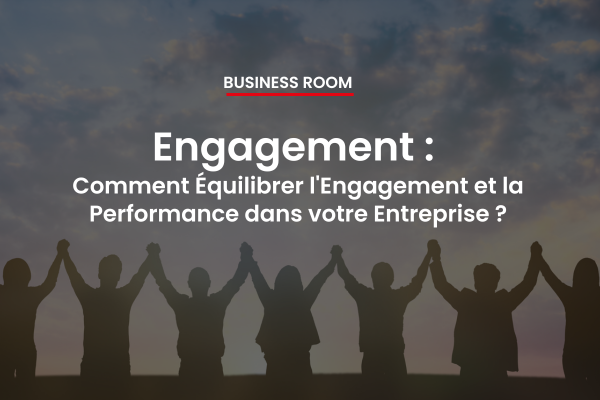When uncertainty suffocates creativity
In recent times how often have you read such a statement: “my colleague XYZ says that if we have to return to work full time, (s)he will hand in her/his notice”?
The statement in itself raises a great many questions: is this person then so confident about finding a new job immediately after resigning, or are they in reality already looking around and merely using the possible changes to working arrangements as an alibi, or are they simply afraid of what lies ahead and do not have the strength to adapt and align again?
Is change the answer?
In fact, fear can drive people to take a wide variety of hasty decisions, because it has such a negative impact on their thought processes.
Assessing the options
When the Covid crisis plunged the world of work into chaos, we were all driven by the fact that we had no other option. Governments announced that everyone had to stay at home and so companies had to comply, there was no element of choice. The current situation is different. We are inundated with articles discussing the pros and cons of different working models, all of which insinuate that there is an element of choice. In addition, as no one can predict with any certainty how the Covid situation will evolve, what lies in store, there is endless room for speculation and discussion.
As with any change project, this is the moment to enter into a dialogue, to put your cards on the table and discuss the options. Given the insights you have gained during the past months regarding which aspects of remote working went well and which less so, it should actually be easier to re-adapt than it was to “go remote”. Experience will have shown who was able to adapt quickly, who needed more support, who would rather return to the framework of an office environment and who has thrived under the changed circumstances. Who better to ask about their insights into what went well and what didn’t than the employees themselves? Everyone has an opinion, and most people appreciate being asked to share it.
Listen to what your people have to say
The aim of such a survey should be to gather (confidential) information about how your employees assess their experience of the past months and what they hope will be implemented as a future working strategy. Allow space for explanation of why they would like certain options to be considered. For example, flexible working hours, so they can continue taking the children to/fetching them from school/nursery etc… Once this insight has been gained, you will be able to compare it with your own impressions and then launch into a dialogue with your fellow decision makers in order to define the approach which best suits your future challenges and aligns with the majority of preferences expressed in the survey. Of course, it will not be possible to please everyone, but the mere fact that you have taken the time to listen and consider all the options will help to make the announcement palatable. To quote Dr Tsedal Neeley, Professor Business Administration Harvard Business School[1]:
“People want work-life flexibility, people have earned trust through productive performance, and this is kind of the new way of thinking about work. It’s not just about command and control, it’s about empowerment and trust”
Dr Tsedal Neeley
The right mode for the right challenge
Now the aim must be to assess which type of work requires face to face input in order to achieve maximum success and which tasks can more sensibly be completed in a quiet environment and therefore just as easily at home. Most people will agree that creativity benefits from person-to-person interaction, there is something about a gathering of minds that creates fertile ground for ideas to be bounced around. If in doubt, test it for yourself: set a challenge and see which meeting set up produces the best results. As Dr Paul Tesluk, Dean & professor in organisational psychology Uni at Buffalo School of Management New York observes:
“A point here is that a business is like a crew team. In order to be competitive as a unit, it’s critical that everyone be rowing together. That togetherness is an absolute key to success.”“Employees should assume that they’re trusted and not have these paranoias, because the world has changed, the way we appraise people has completely changed. We should preserve our energy for taking full advantage of moments of in-office collaboration and let the quality of the work itself do the talking”
Dr Paul Tesluk
Just as we all adapted to remote working by applying a healthy dose of “learning by doing”, so we can only find out what really works best by undertaking a case-by-case analysis and then building on the outcome. Jamil Jaki correctly asserted[2]:
“A point here is that a business is like a crew team. In order to be competitive as a unit, it’s critical that everyone be rowing together. That togetherness is an absolute key to success”
Jamil Jaki
Such a sense of belonging can only be achieved by creating a bond between the workplace and employees: making work more than just a way of earning money. It may sound utopic, but in the most successful companies, employees are proud to identify with their employer and to be part of the big picture.
So, if you want to exit this crisis with a motivated workforce and face the future with confidence, remember the importance of dialogue and of active listening. Given the chance your employees will be glad to contribute towards creating the ideal environment for them to thrive in, as the great majority have a vested interest in benefitting from good working conditions, so that they can simply “get the job done” in the best possible way. The most appropriate working culture will enhance innovation and creativity; foster best practices and high performance and minimize turnover. What more could you ask for?
Let us help you!
WANT TO RECEIVE OUR LATEST THOUGHT LEADERSHIP CONTENT?
Related posts
 Have you Examined the Advantages of Working with Data Analytics yet?
Have you Examined the Advantages of Working with Data Analytics yet?
 Daring to Lead Positive Transformation: How can you implement and manage positive change with success?
Daring to Lead Positive Transformation: How can you implement and manage positive change with success?
 How to align engagement & performance in your company
How to align engagement & performance in your company
 Daring to Lead Positive Transformation: What are the Pillars and Benefits for your Business Success?
Daring to Lead Positive Transformation: What are the Pillars and Benefits for your Business Success?
 The 9 factors that should impact your approach to employee engagement
The 9 factors that should impact your approach to employee engagement




